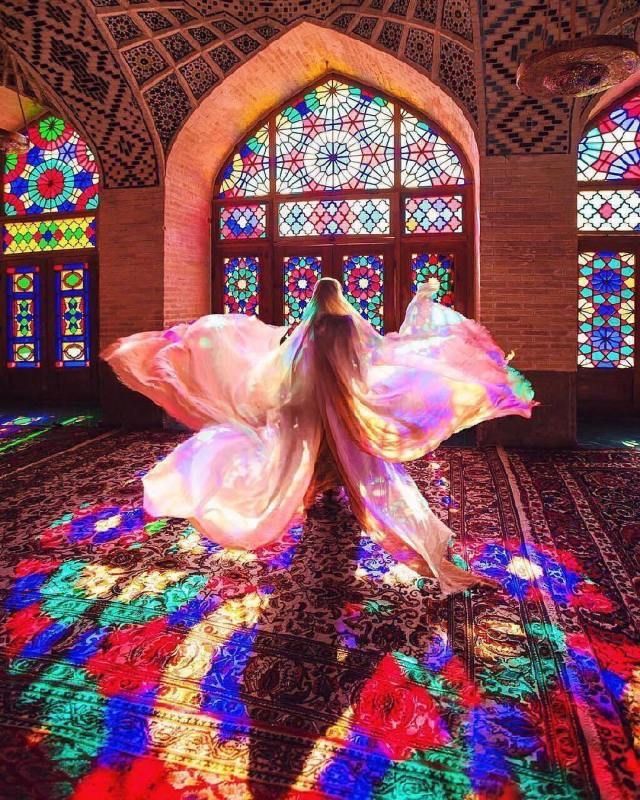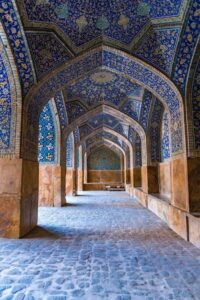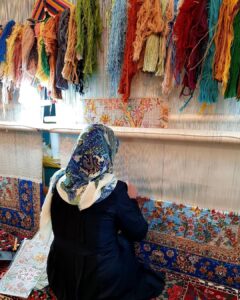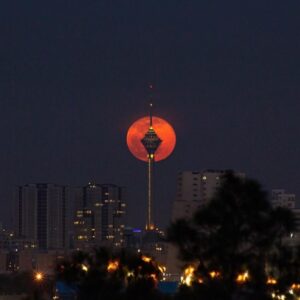When the sun sets over Iran, the country transforms. Streets that were busy with traffic and daytime routines become lively spaces filled with lights, music, and aromas. Across Iran—from the grand avenues of Tehran to the peaceful lanes of Shiraz, Yazd, Isfahan, and smaller towns like Kashan or Kerman—night markets open their doors, welcoming locals and travelers alike. The evening air carries a mix of scents: sizzling kebabs, sweet pastries, fresh herbs, and roasted nuts. This is the perfect moment to slow down, wander, and let your senses guide you.
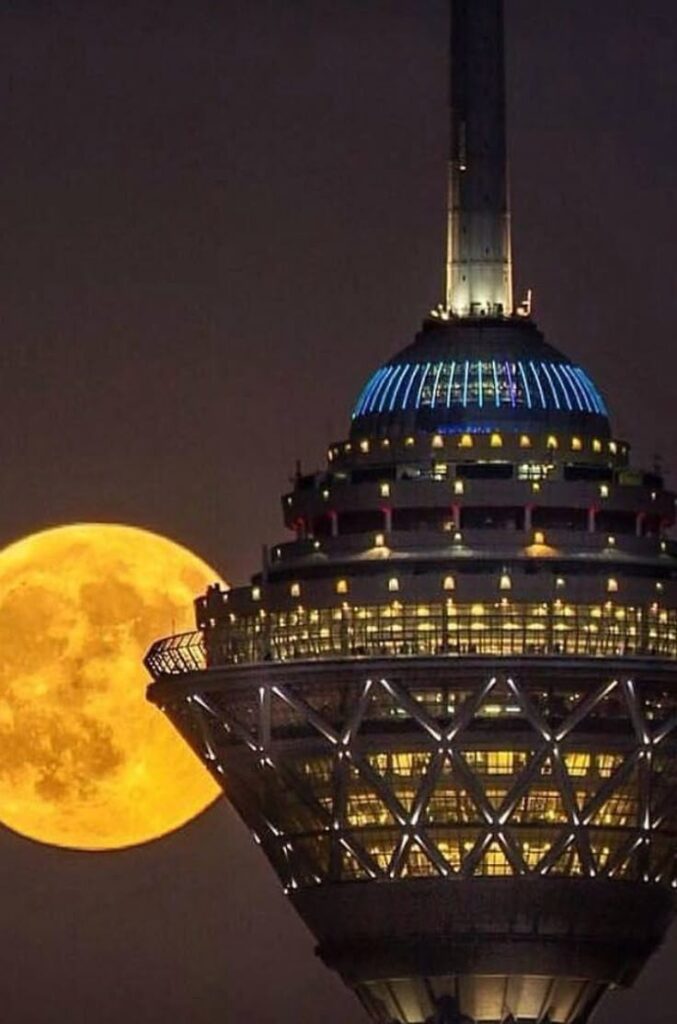
Food is the heart of every night market. Vendors offer an array of street food, each bite telling a story of tradition and family heritage. Imagine tasting a warm, soft naan bread straight from the oven, drizzling saffron-infused butter on it, or enjoying freshly fried falafel wrapped in flatbread. Sweet stalls tempt visitors with Persian baklava, saffron ice cream, and date-filled cookies. Even a simple skewer of juicy, grilled meat carries the rich flavors of Persian spices and marinades. In every city, local people will share tips on the best dishes, sometimes revealing recipes that have been passed down for generations. Eating here is not just a meal—it is an immersive cultural experience, where taste and story are inseparable.
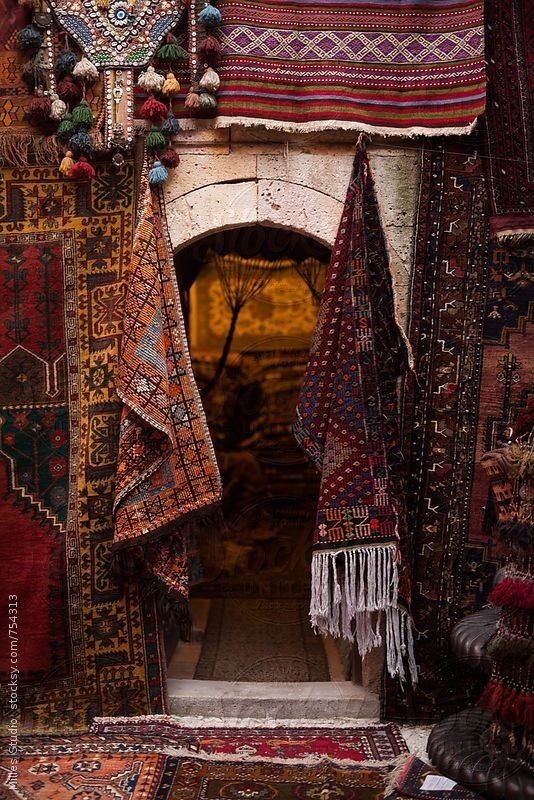
Beyond food, night markets are a haven for local crafts and handmade treasures. Artisans display colorful ceramics, intricately woven Persian carpets, hand-carved wooden items, and delicate jewelry. In smaller towns, you might see master potters shaping clay on a wheel, or carpet weavers working meticulously under dim lantern light. Each item carries the identity of its region—sun-baked desert designs, mountain village embroidery, or urban metalwork. Walking through these stalls, touching the textures, and watching the skilled hands at work connects you to the artistry and daily life of Iran’s people.
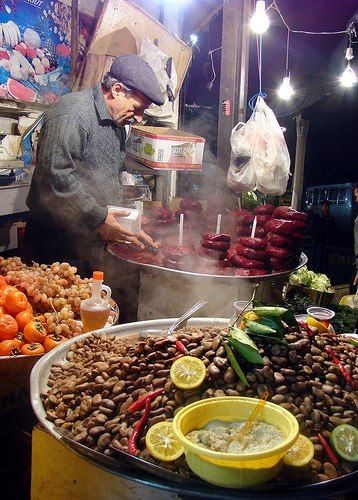
Night markets are also alive with music and storytelling. Traditional musicians play instruments such as the tar, setar, santur, and daf, creating a lively soundtrack to the evening. You may hear performers recite local poetry, narrate tales of historic events, or share humorous everyday stories. Children laugh while chasing each other through the stalls, vendors call out with friendly greetings, and the mingling of sounds—music, chatter, and street noises—creates an unforgettable atmosphere. It’s a space where tradition meets community, showing a different, vibrant side of Iranian culture that tourists rarely see during the day.
In smaller towns, night markets have a unique charm. Streets narrow, lanterns glow warmly, and the pace slows. Locals gather around small tables for tea, sharing stories of the day, while musicians play softly in the background. Here, you feel the intimacy of community life, the rhythm of daily routines blending with evening leisure. In larger cities, the markets are livelier and more colorful, offering an eclectic mix of foods, crafts, and modern street entertainment. Both experiences highlight the diversity of Iran, showing how traditions thrive in every corner, from the heart of metropolises to remote villages.
Walking through Iran’s night markets is more than sightseeing—it’s a full sensory adventure. You taste the local cuisine, smell the spices and baked goods, see the vibrant colors of handicrafts and lanterns, hear music and laughter, and feel the energy of the crowd around you. Each market has its own story, and each story reveals a layer of Iranian life. Visiting these markets after sunset gives travelers a rare and authentic look at Iranian culture, one that combines food, crafts, music, and storytelling into a memorable experience that lingers long after the night ends.
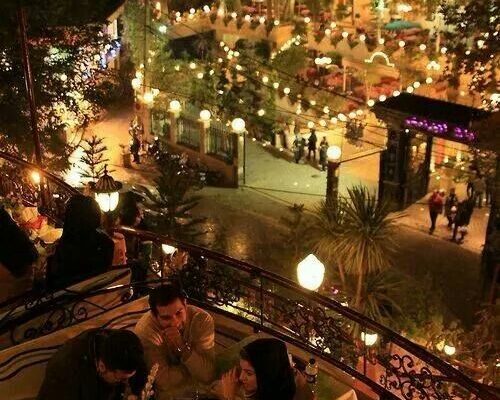
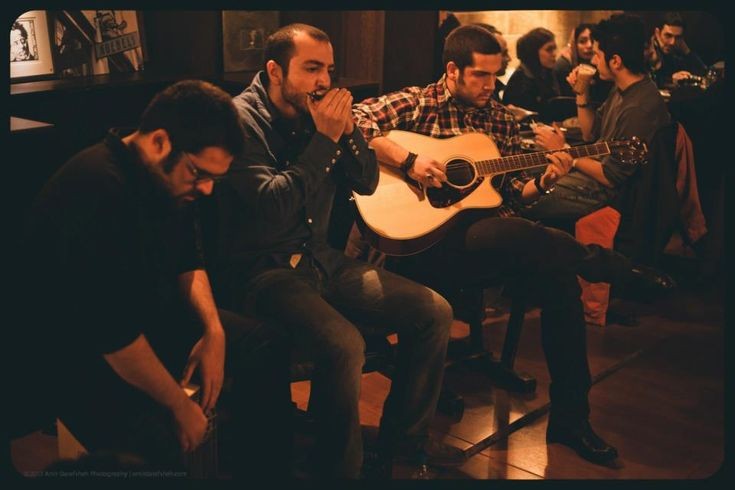
from:
- 📍 Iran, Kashan, Qeshm Island, Tehran
from:

